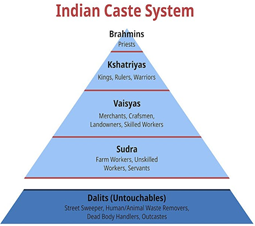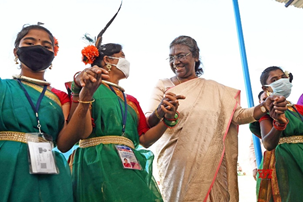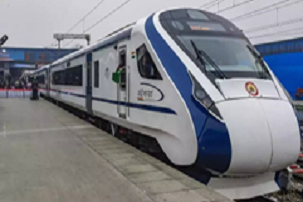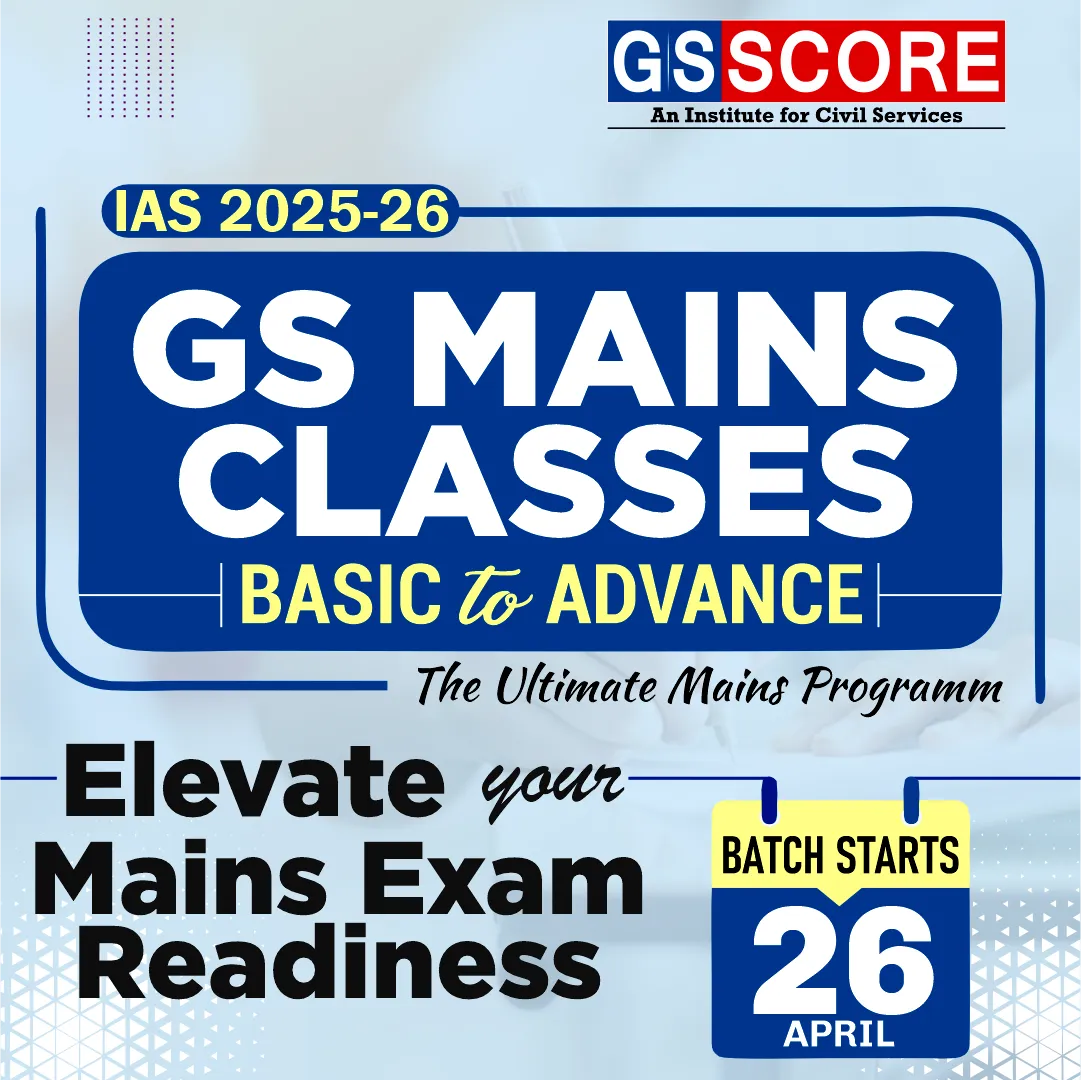![]() Mains Question:
Mains Question:
Question: Explain how the use of remote Electronic Voting Machine (EVM) will help in making election process in India more democratic and inclusive? Also discuss the challenges in the implementation of remote EVM’s in India? (250 words)
|
Question Mapping
|
- Introducewith the prototype for a Multi-Constituency Remote Electronic Voting Machine.
- In short explain the importance of remote EVMs.
- Now elaborate on how remote EVMs will help in making elections more democratic and inclusivein India.
- Bring out various challenges ahead of Election Commissionin the implementation of remote EVMs.
- Conclude with how India will leap towards strengthening its democracy.
 Download PDF
Download PDF






 5 Questions
5 Questions 5 Minutes
5 Minutes





